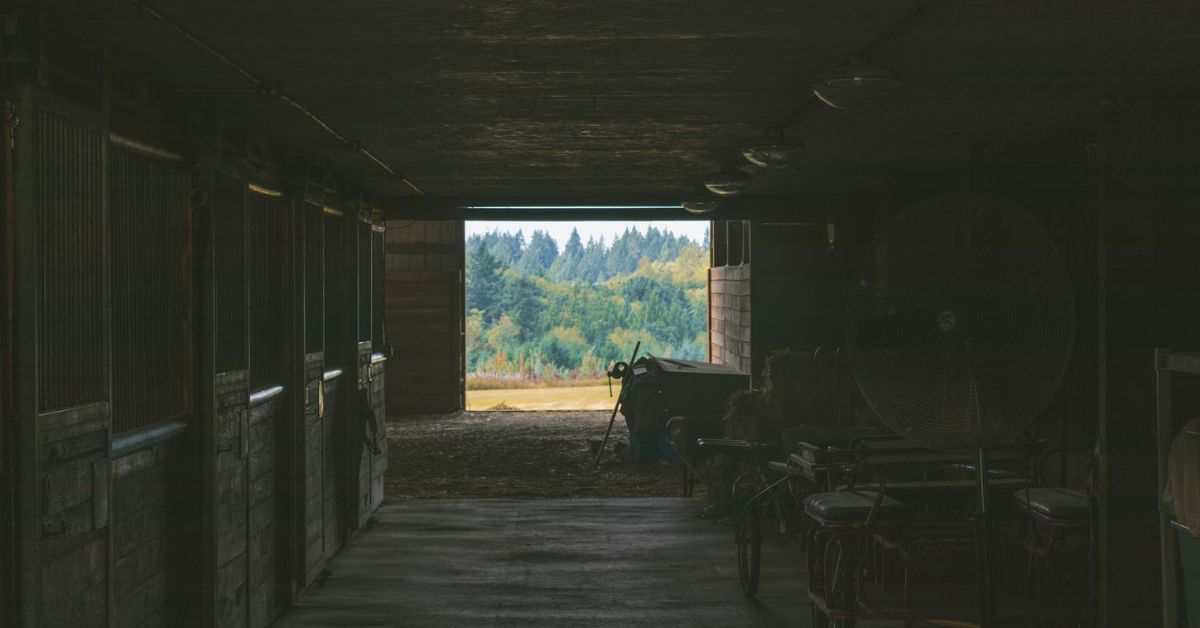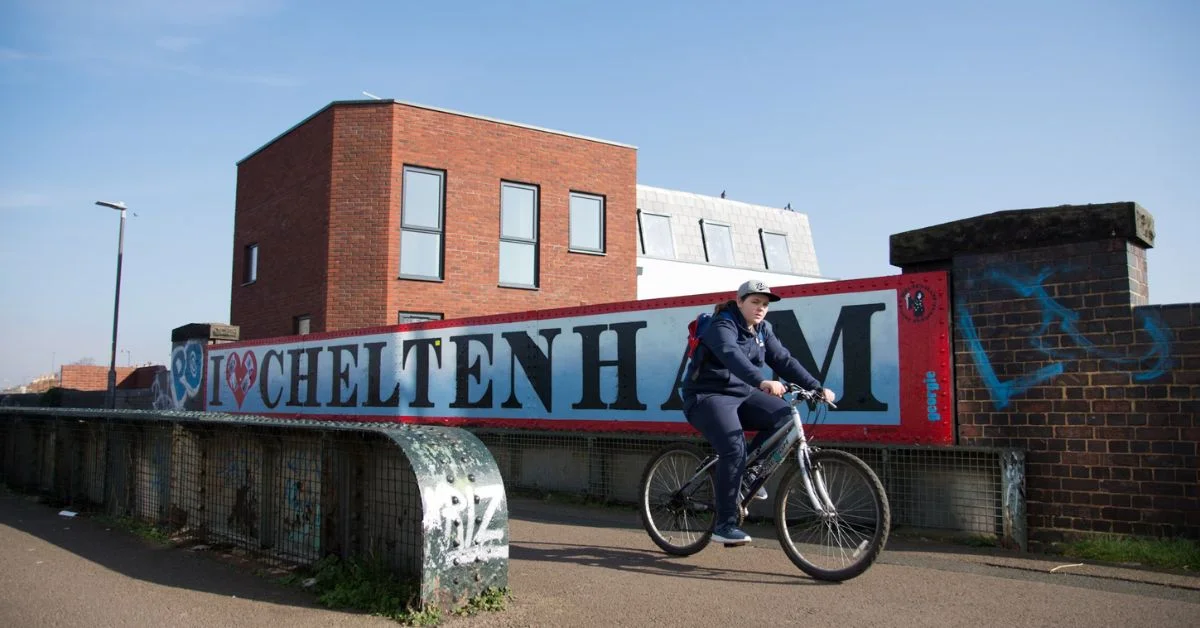It’s now only a matter of weeks until the 2024 Cheltenham Festival. In what’s known as the “World Cup of Jump Racing”, the Cheltenham Festival brings together the finest hurdlers and steeplechasers from across the world. It also happens to be one of the most popular horseracing meetings for punters, with bookmakers jockeying for custom given the volumes of money wagered across the four-day event.
A quick glance at OddsChecker.com shows 20 bookmaker promotions being readied for this year’s Cheltenham Festival, most of which are matched bet and free bet offers. Punters can use these offers to boost their odds of success when taking a chance on one of the runners. Naturally, there’ll be plenty of promotions surrounding the biggest pre-race favorites, with the likes of Constitution Hill already odds-on to win this year’s Champion Hurdle.
As we look forward to this year’s Festival, let’s take a look back at the horses that have enjoyed the most success around the undulating, iconic Cheltenham Racecourse throughout the decades.
Introducing Golden Miller: The Gold Cup Virtuoso
The undisputed monarch of the Cheltenham Festival is Golden Miller, although most readers may never have heard of this thoroughbred. That’s because Golden Miller’s golden era was in the early-to-mid 1930s. This magnificent bay gelding etched his name into National Hunt immortality by winning the Cheltenham Gold Cup in five successive festivals between 1932 and 1936.
Foaled in 1927, Golden Miller was bred by a man named Basil Briscoe. During Golden Miller’s earliest runs, he displayed real promise, but it was under the tutelage of Briscoe that his true potential would be unlocked. The horse exhibited a rare combination of speed, stamina, and jumping ability, making him a formidable force on the turf.
While Golden Miller is the undeniable star of any racing narrative, the synergy between thoroughbred and jockey is also paramount to success, especially at the testing track of Cheltenham. In this case, jockey Ted Leader was the maestro in the saddle, guiding Golden Miller to the first of his five historic Cheltenham Gold Cup victories.
Leader’s partnership with Golden Miller was characterized by finesse, timing, and an intuitive understanding of the horse’s true capabilities. His adept handling of Golden Miller allowed the duo to navigate the undulating Cheltenham course with remarkable precision.
Miller was aged five when he first entered the Gold Cup at the 1932 Cheltenham Festival. Prior to this race, Golden Miller had entered just four steeplechases, winning three of them. The 1932 Cheltenham Festival was particularly controversial as the fences were made to be much stiffer. Approximately six inches was taken off every fence ahead of day one of the meeting, but as many as 56 horses fell during the festival. Grakle looked like he was strolling to victory, but the pre-race favorite unseated his jockey, leaving Golden Miller clear of danger to win his maiden Gold Cup by four lengths ahead of Inverse and Aruntius.
The following year, Golden Miller went into the event in good form, landing Lingfield’s Troytown Chase ahead of the festival. Miller went off as the 4/7 favorite and didn’t disappoint, winning by ten clear lengths.
In 1934, Golden Miller landed a hat-trick of Cheltenham Gold Cups, strolling to victory by six lengths ahead of Avenger. What makes this horse even more impressive, is that Golden Miller recovered sufficiently to enter and win the 1934 Grand National at Aintree, storming to victory in a record time carrying 12st 2lbs.
1935 proved to be another successful year. Golden Miller landed Sandown’s Grand International Chase, as well as the Gold Cup, as a 1/2 favorite. It was his closest battle at the Cheltenham Festival yet, with Thomond II tussling after the last fence. Golden Miller showed great heart to get his nose in front late on to win by three-quarters-of-a-length.
The following year, Golden Miller was entered into the Cheltenham Gold Cup under the tutelage of a new trainer, Owen Anthony. After two unremarkable races and wins at Newbury, many wondered if Golden Miller could make it five-in-a-row at Cheltenham. The decision not to enter Thomond II into the Gold Cup played into Golden Miller’s hands, as he stormed to victory by 12 lengths, with jockey Fulke Walwyn on board.
Severe weather conditions put paid to the 1937 Cheltenham Festival, and 1938 would be the horse’s final year racing. Despite leading approaching the final fence, Golden Miller was quickly usurped by up-and-coming prospect Morse Code, who eventually inched clear to win by two lengths and end Golden Miller’s remarkable Gold Cup reign.
Other big stars in the history of the Cheltenham Festival

When discussing the most successful horses in festival history, the name Istabraq also stands out from the crowd. This regal Irish thoroughbred, trained by Aidan O’Brien, etched his name into Cheltenham legacy in the late 1990s, winning a hat-trick of successive Champion Hurdles between 1998 and 2000.
The Champion Hurdle is the jewel in the crown of hurdling events and Istabraq’s three-peat was enough to cement his place in Cheltenham folklore.
While Istabraq is still considered Cheltenham’s finest hurdler, another Irish-bred steeplechaser also comes into the conversation of the festival’s most successful horses; Arkle. Although his prime stretched from the early-to-mid-1960s, Arkle’s impact on the sport lingers today. The horse won three successive Cheltenham Gold Cups between 1964 and 1966 and, although he didn’t quite have the level of success that Golden Miller enjoyed, it was the dominance of Arkle’s victories which caught the eye. He might have gone on to eclipse Golden Miller if it wasn’t for a career-ending injury.
Hurricane Fly, the successor to Istabraq in the hurdling stakes, was another of Cheltenham’s most successful horses, another Irish luminary that ascended to bag the hurdling thrown with wins in 2011 and 2013. Hurricane Fly’s inspiring running style and bravery captured the imagination of the festival’s racegoers.
Much more recently, Al Boum Photo, based at the home of champion trainer wpmullins.com, looked to have the potential to be the next Cheltenham icon. Ridden by Paul Townend, Al Boum Photo landed two Gold Cups in 2019 and 2020, but could only manage sixth place at the 2021 Gold Cup. In June 2022, Mullins revealed that he and Al Boum Photo’s connections had agreed to retire him from all forms of racing, with plans afoot to train him for three-day events.






